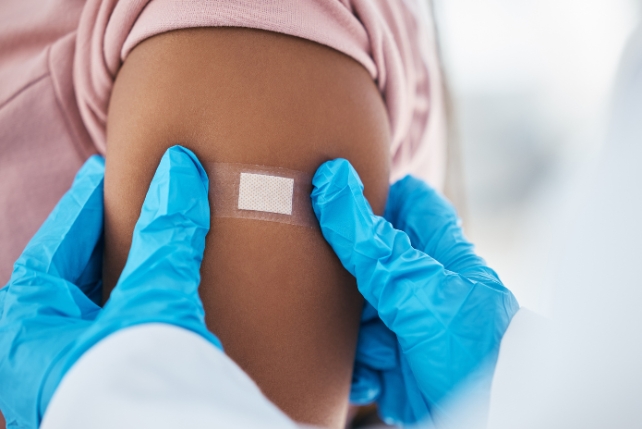# My 2-Year-Old Died Mysteriously. It’s Hard to Watch Scientists Search for an Answer.
On a warm August day, I wrapped up a call with a client and walked into my 2-year-old daughter Alice’s room. She had slept longer than usual, and I needed to wake her up to pick up my 4-year-old daughter, Grace, from school.
As I leaned over Alice in her crib, I noticed that she was stiff and blue. Thoughts raced through my mind as I started performing CPR and called 911. Paramedics arrived, but despite their efforts, they informed me that Alice was gone.
Her death was later classified as sudden unexplained death in childhood (SUDC), a rare outcome that impacts about 400 children annually and is the fifth leading cause of death in toddlers, but remains unexplained.
Struggling with intense guilt and self-blame, I constantly wondered if there was something I could have done to prevent her death. Despite assurances from others, I couldn’t shake the feeling of guilt. Eventually, I was diagnosed with post-traumatic stress disorder (PTSD) and sought therapy to address my irrational guilt.
After several therapy sessions and practicing self-care, the guilt and anxiety surrounding Alice’s death lessened. However, the recent discovery of a potential cause for some SUDC deaths reopened old wounds. While this breakthrough represents progress, it also triggers feelings of guilt and second-guessing for many parents like me.
To manage my ongoing risk of PTSD reactivation, I prioritize self-care and focus on finding purpose in raising awareness about potential causes for unexplained deaths in children. This includes emphasizing the need for further research and advocating for mental health support for those affected by survivor’s guilt. Additionally, I strive to honor Alice’s memory by helping others while cherishing every moment with my surviving daughter, Grace.












